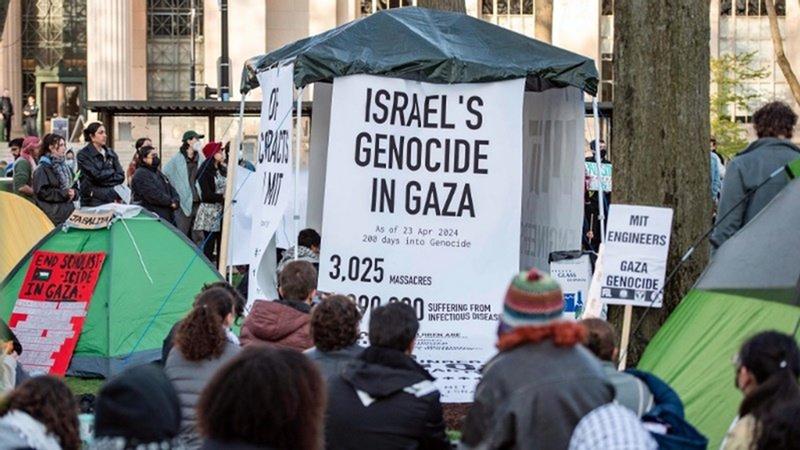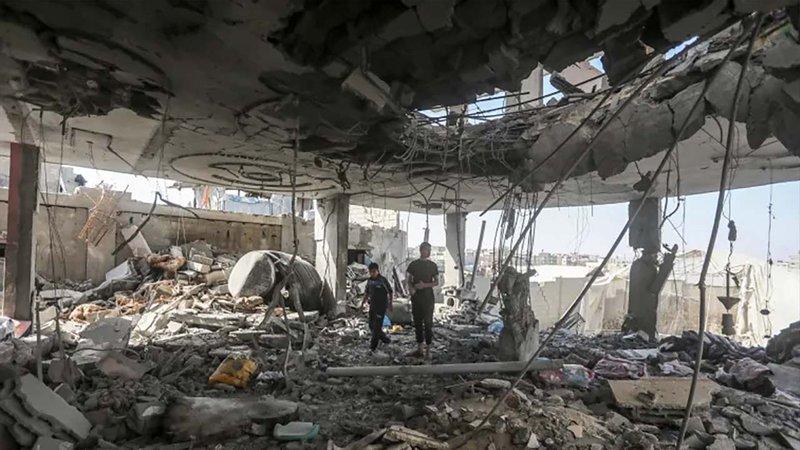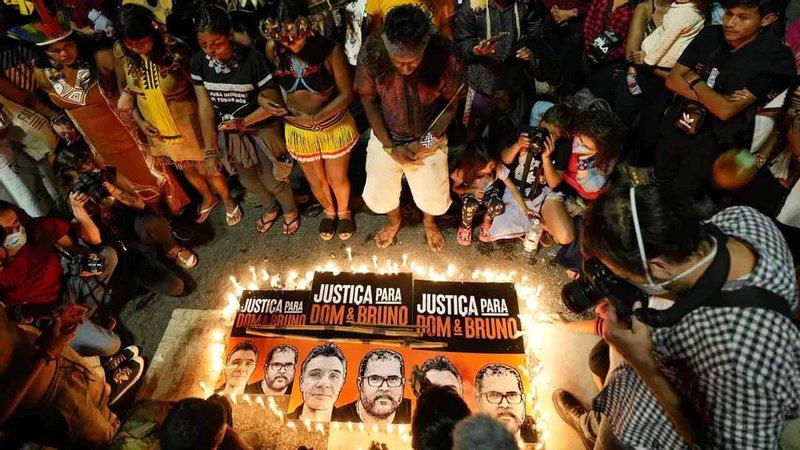Buddhism's silent harmony: Influence on traditional music in North East India

photo: collected
The vast mosaic of Indian culture has long been shaped by the spiritual, the philosophical, and the transcendent. Yet, few forces have been as profoundly influential as Buddhism, an ancient tradition born on this very soil around the 6th century BCE. Unravelling the threads of this influence reveals an intricate web where cultural expressions and spiritual ideals intertwine in beautiful harmony, especially in the realm of music. The serene landscapes of North East India, in particular, echo with the subtle strains of Buddhism, spun into melodies that have shaped the region's traditional music.
This article explores the deep, enduring influence of Buddhism on North East India's music, a silent harmony that binds the spiritual and the sonic. Buddhism in India is more than a mere collection of teachings and philosophies—it's an integral aspect of India's cultural fabric. This religion, which thrives on the concepts of compassion, mindfulness, and the impermanence of life, has subtly woven its principles into various facets of Indian life, including art, architecture, literature, and, most notably, music. In North East India, home to the Himalayan foothills, misty valleys, and the world-famous tea gardens, Buddhism's influence reverberates through the region's musical heritage, as diverse as its geographical terrains.
A central tenet of Buddhism is the idea of silence and tranquillity, of finding peace within oneself. This pursuit of inner harmony echoes in the music of North East India, where silence often holds as much significance as sound. For instance, the Monpa tribe of Arunachal Pradesh uses periods of silence in their folk songs to imbue them with a meditative quality, mirroring the Buddhist practice of silent meditation.
These pauses in melody create a resonance, a space for listeners to reflect and contemplate, turning music into an instrument of mindfulness. Another characteristic of Buddhism is the journey towards enlightenment, a theme often translated into the music of the region. The Buddhist notion of 'Samsara'—the cycle of birth, death, and rebirth—and 'Nirvana'—the ultimate state of liberation—are regularly portrayed in the lyrics and melodies of the North East's traditional songs. An excellent example is the music of the Bodos of Assam, where the use of metaphoric lyrics conveys the journey of the soul through Samsara towards Nirvana. The Bodo's folk music, enriched with the Buddhist ethos of liberation, is a testament to the spiritual influence on their sonic expressions.
The influence of Buddhism extends to the very instruments used in North East India's music. The Buddhist religious practice often involves the use of unique instruments, and these have found their way into the region's musical vocabulary. The Tibetan singing bowl, also known as 'rin gongs,' is a quintessential Buddhist instrument that's been adopted in various musical forms across the region. The distinct harmonic tones produced by these bowls are believed to promote healing and well-being, infusing the music with a transcendental quality.
The melody of Buddhism permeates the music of North East India, a testament to the lasting impact of this spiritual path on the region's cultural life. The exploration of these influences offers a glimpse into the profound interplay between spirituality and music, a silent harmony that gives voice to the soul's deepest yearnings. Whether through the thoughtful use of silence, the metaphoric journey towards enlightenment, or the sacred instruments, the imprint of Buddhism on North East India's traditional music is undeniable. This silent harmony not only shapes the sonic landscape but also elevates music from mere entertainment to a conduit of spiritual expression, mindfulness, and inner peace. (ANI)















